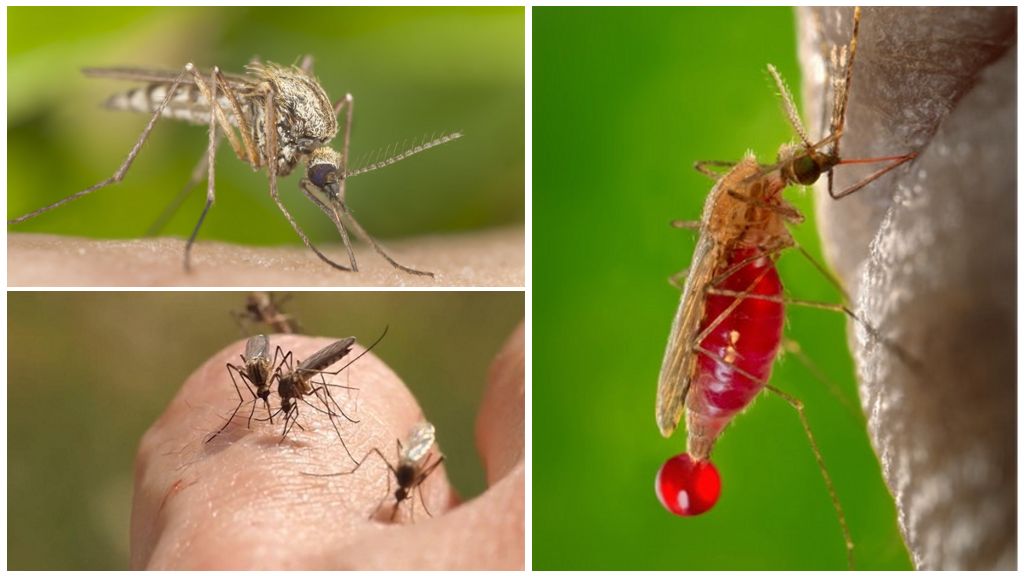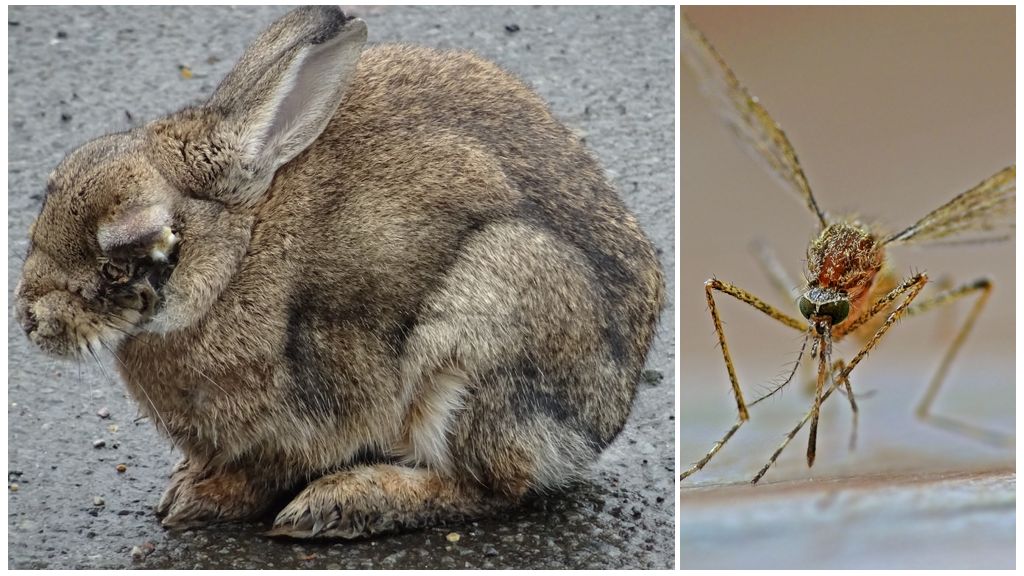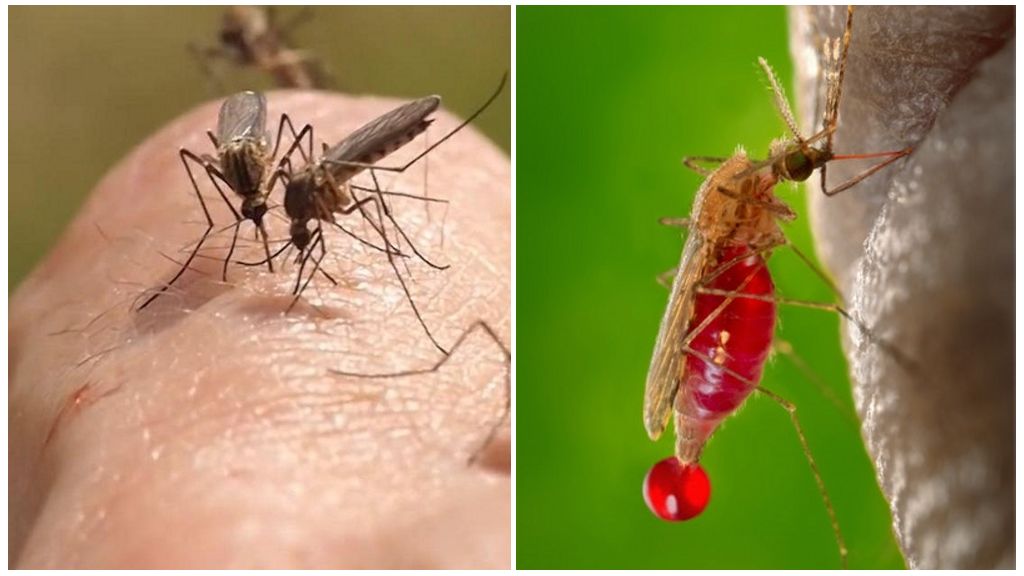
The question of how many teeth a mosquito has causes a lot of controversy. Some experts say that these individuals have them, but not as strong as animals, humans, fish, and perform a slightly different function. Other entomologists say that, as such, no. Because the mosquitoes eat liquid food, there is no need for chewing tools. Do mosquitoes have teeth, and what function is performed, it is worth considering from the point of view of the structure of the oral apparatus.
Is there or not
Many are sure that since the insect eats liquid food, it has no teeth. The proboscis, which pierces the victim’s skin, is used as the main channel for nutrition. It should immediately be understood that in males, the oral apparatus is different from females, has a simplified structure.
Females have a fairly large set of chitinous bristles - about 50 pieces. They are located on the upper, lower jaw, complete the proboscis. Almost mosquito the skin does not pierce with a proboscis, but gnaws. The teeth of the mosquito are extremely miniature in size, and since they are not visible, suggest that they are not at all.
There are 4 stings in the mouth. It is customary to call them jaws, but it is they who initially pierce the skin, and only then the proboscis expands the wound. Mosquito teeth in a typical representation are missing, but there are bristles that perform similar functions.
Interesting!
During the bite, the insect introduces a special secret, which dilutes the blood, contributes to good nutrition. The same substance is a strong allergen. After a bite appears immediately redness and swelling, itchinga strong manifestation is possible allergic reaction.
The structure of the oral apparatus
The insect has a piercing-sucking apparatus, structure which can only be considered under the microscope. It is represented by two lips, jaws - lower, upper. Elongated lips form a gutter, inside of which 5 sharp needles are placed. These are underdeveloped organs that play a role in obtaining nutrients.
Between the stilettos is placed a tube for sucking blood. Stitching bristles are located on one pair of needles, which are commonly called teeth. On the sides there are 4 gutters that initially bite through the skin. Then, with needles, the insect holds the skin, leaving the wound open, introduces the proboscis.
A photo of mosquito teeth is presented below. There you can consider the structure of the oral apparatus of the insect. The male’s digestive system is slightly different; he uses only nectar, plant sap, he doesn’t need such a “powerful” jaw. The question can be answered yes and no. Rather, the likeness to them, to have full jaws of pests is useless.



